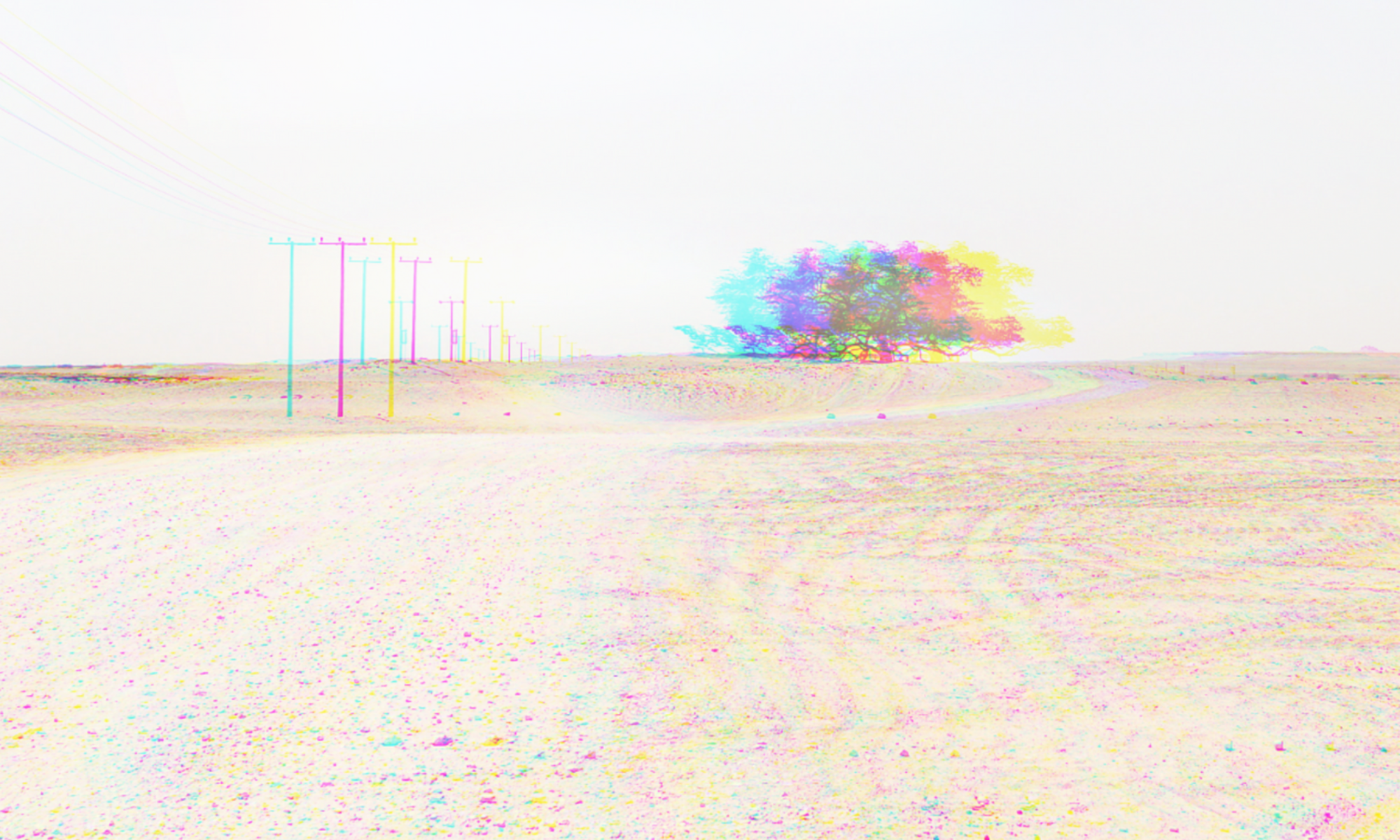One of the most evocative ways of engaging with the liminal and transgressive forms of piracy is through the metaphor of seepage (Raqs 2005). It is crucial that while seepage needs a stable structure which it can “leach” on, it gradually becomes part of the structure. I want to suggest that while seepage as metaphor can illustrate the place of piracy in a media culture, its greatest limitation is in the way it poses piracy as an invasion that decays and ultimately destroys the structure. In that it is unable to understand the creative potential of illicit forms (Sundaram 2010, Larkin 2008).
In this paper, I will argue that despite their inherent illegality, forms of media piracy are an essential part of the memory of Bombay cinema. While Bombay cinema’s history is replete with its encounter with myriad pirate forms—cheaply published film dialogues and lyrics, locally produced posters, illegal music tapes, video cassettes, VCDs and DVDs—the activity of viewing, sharing and storing cinematic objects sees a new order of proliferation online, leading to the creation of a network of private and indeed pirate archives of cinema.
Built largely of illegal material (downloaded, ripped and copied) and the ‘poor image’ (Steyerl 2006), the pirate archive is at odds with the official state archive of cinema that is all too aware of its role in preserving the “heritage of Indian cinema”. The pirate archive unpacks the carefully constructed and preserved hierarchy of “meaningful cinema” by including more derided forms like porn and “trash”, bringing them into the fold of history. I will argue that its illicit, often incomplete, sometimes erroneous and ephemeral material then poses a challenge to the state archive’s performance of stability and its attempt to control cinematic history.
*****
Kuhu Tanvir, Ph.D. Fellow
University of Pittsburgh
